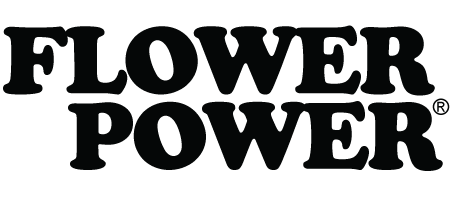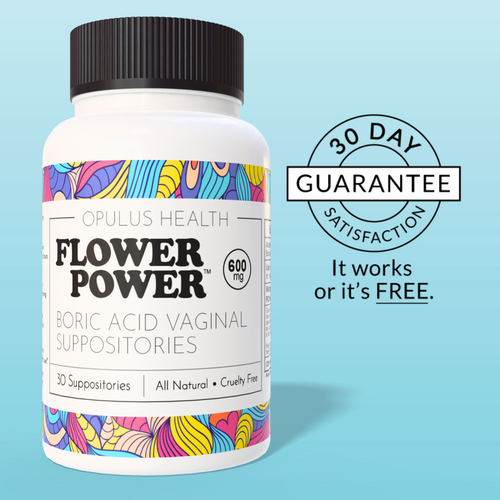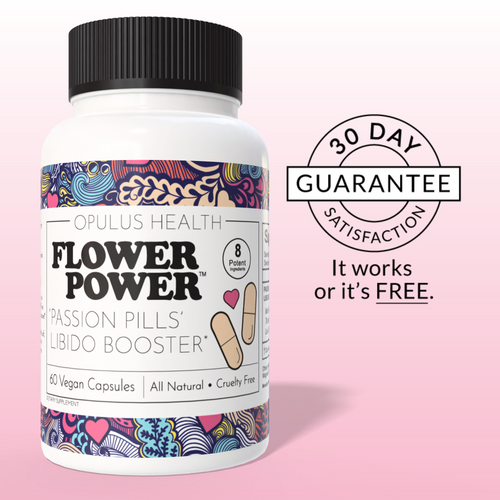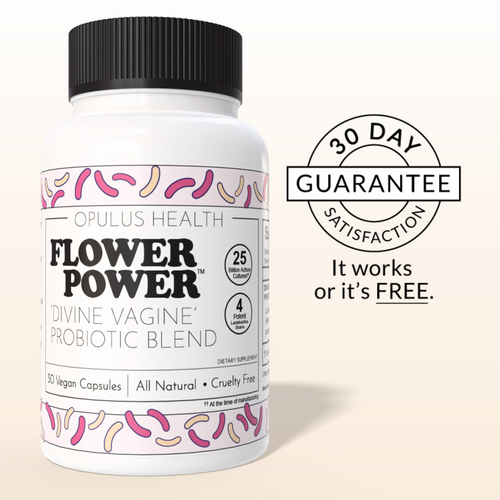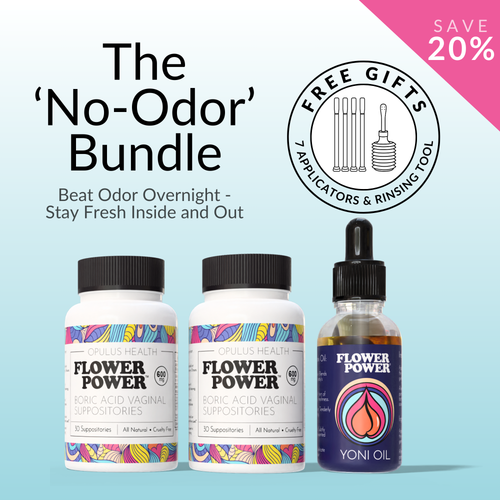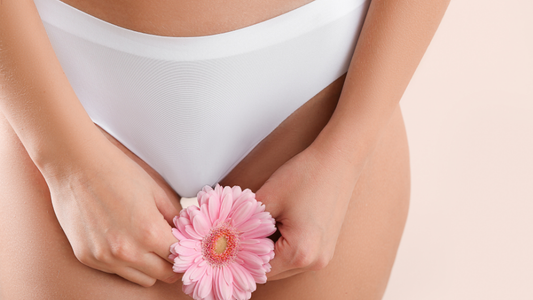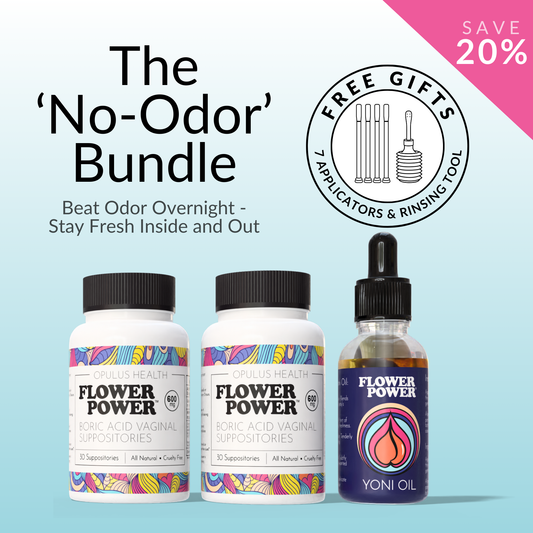Vaginal dryness is a common and often distressing symptom for women during perimenopause and menopause. While hormone therapy is frequently prescribed to alleviate this condition, many women consciously opt for non-hormonal approaches.
Understanding the reasons behind this choice, as well as exploring effective alternatives, can help women make informed decisions about their sexual health and overall comfort. This article examines the causes of vaginal dryness, the risks and misconceptions surrounding hormone therapy, and evidence-based non-hormonal strategies that restore hydration and maintain tissue health.
Understanding Vaginal Dryness
Causes and Risk Factors
Vaginal dryness primarily stems from a decline in estrogen, the hormone responsible for maintaining vaginal tissue elasticity, mucosal moisture, and pH balance. This decline occurs naturally during perimenopause and menopause, but can also result from medications such as antihistamines, antidepressants, or chemotherapy, as well as autoimmune conditions and lifestyle factors like smoking or chronic stress.
Women with histories of hysterectomy or early menopause are particularly at risk. Recognizing these risk factors is the first step toward effective management and symptom relief.
Common Symptoms and Impact
Beyond the physical sensations of dryness, itching, or burning, vaginal dryness can profoundly affect quality of life. Many women report discomfort during sexual activity, reduced arousal, or anxiety about intimacy.
Over time, these symptoms can impact self-esteem, interpersonal relationships, and emotional well-being. Addressing vaginal dryness is therefore not only a matter of physical comfort but also mental and relational health.
Role of Estrogen and Aging
Estrogen supports vaginal health by maintaining mucosal hydration, stimulating blood flow, and preserving tissue elasticity. With age and declining hormone levels, the vaginal epithelium becomes thinner, lubrication decreases, and the protective microbiome may be altered. These physiological changes make the vaginal tissues more prone to irritation, microtears, and infections, highlighting the importance of early and proactive interventions.
Why Hormone Therapy May Be Avoided
Health Concerns and Risks
Hormone therapy effectively alleviates vaginal dryness, yet it may carry potential risks that prompt women to avoid it. Systemic therapy has been linked to increased risks of blood clots, stroke, and heart disease in certain populations.
Combined estrogen-progestin therapy has also been associated with a modest increase in breast cancer risk. Even localized vaginal estrogen, though generally considered safe, may raise concerns for women with specific health histories. The perception of these risks, whether absolute or relative, can influence decision-making.
Personal and Lifestyle Preferences
Many women prefer non-hormonal solutions due to personal or lifestyle considerations. Some seek autonomy over their treatment choices and prefer methods that integrate seamlessly into daily routines without requiring medical supervision or prescription monitoring.
Others may have contraindications to hormone therapy, such as post-hysterectomy status, hormone-sensitive conditions, or a history of thrombotic events, making non-hormonal options the safest and most practical choice.
Misconceptions and Myths About Hormone Therapy
Misinformation about hormone therapy can also contribute to avoidance. Common myths include beliefs that all hormone treatments are unsafe, that estrogen inevitably causes cancer, or that non-hormonal methods are ineffective. Educating women on evidence-based outcomes allows them to weigh risks realistically and consider safer, individualized approaches.
Non-Hormonal Alternatives for Vaginal Dryness
Internal Hydration Supplements
Internal supplements provide systemic support for vaginal hydration and tissue health. Ingredients like Slippery Elm Bark soothe the mucosa and maintain moisture, while hyaluronic acid enhances tissue elasticity and water retention.
Amino acids, zinc, and antioxidants strengthen cellular integrity, and probiotics help preserve a balanced vaginal microbiome, reducing infection risk. Clinical studies indicate that these internal strategies can significantly improve lubrication, reduce discomfort, and support long-term vaginal health.
Topical Moisturizers and Lubricants
Topical interventions offer immediate relief and can be customized to individual preferences. Water-based lubricants are ideal for use with condoms and daily sexual activity, whereas silicone-based formulations provide longer-lasting lubrication, suitable for prolonged intimacy.
Hybrid products combine both approaches for immediate and enduring comfort. Natural options, such as aloe vera gel, coconut oil, or vitamin E oil, can supplement hydration but require caution when used with latex condoms.
Lifestyle and Nutritional Approaches
Lifestyle factors critically influence vaginal health. Adequate hydration and a nutrient-rich diet support tissue integrity, circulation, and hormonal balance. Foods rich in omega-3 fatty acids, antioxidants, zinc, and amino acids enhance vascular flow and cellular repair.
Regular physical activity, particularly pelvic floor exercises, improves blood flow, strengthens vaginal tissues, and supports sexual function. Additionally, stress reduction techniques such as meditation, yoga, or mindful breathing can mitigate hormonal and emotional effects that exacerbate dryness.
When to Consult a Healthcare Professional
While non-hormonal strategies are effective, persistent dryness, pain, or unusual discharge warrants professional evaluation. Gynecological consultation ensures the safe and appropriate use of supplements, identifies underlying conditions, and provides access to additional interventions if necessary. Sexual health therapy can also help couples navigate changes in desire, comfort, and communication during menopause.
Frequently Asked Questions (FAQs)
Can vaginal dryness be managed safely without hormones?
Absolutely. A combination of internal supplements, topical moisturizers, and lifestyle modifications provides effective and safe relief, enhancing comfort and sexual health without the risks associated with hormone therapy.
What non-hormonal options work best?
Internal hydration supplements, including Slippery Elm Bark and hyaluronic acid, work synergistically with topical lubricants and moisturizers. Integrating lifestyle strategies—hydration, nutrition, exercise, and stress management—further enhances outcomes.
How soon do non-hormonal interventions show results?
Topical products provide immediate relief during intimacy. Internal supplements generally demonstrate improvements within one to four weeks, depending on individual physiology and consistency of use.
Are non-hormonal options safe for long-term use?
Yes. High-quality supplements and moisturizers are typically safe for extended use. Choosing products free from parabens, fragrances, and allergens further reduces irritation risks.
When should I see a doctor about dryness?
Persistent discomfort, pain during sex, unusual discharge, or bleeding outside of menstruation warrants evaluation by a gynecologist to rule out underlying conditions and ensure safe use of interventions.
Empowering Women Through Non-Hormonal Solutions
Avoiding hormone therapy does not mean sacrificing comfort or sexual satisfaction. By combining internal hydration supplements, topical moisturizers, and lifestyle adjustments, women can restore vaginal moisture, improve tissue integrity, and maintain intimacy. Awareness, proactive care, and professional guidance empower women to make choices that align with their health priorities, personal preferences, and lifestyle.
Explore non-hormonal solutions like She Juicy, consult a healthcare provider, and take proactive steps to ensure lasting comfort and sexual well-being during menopause.
